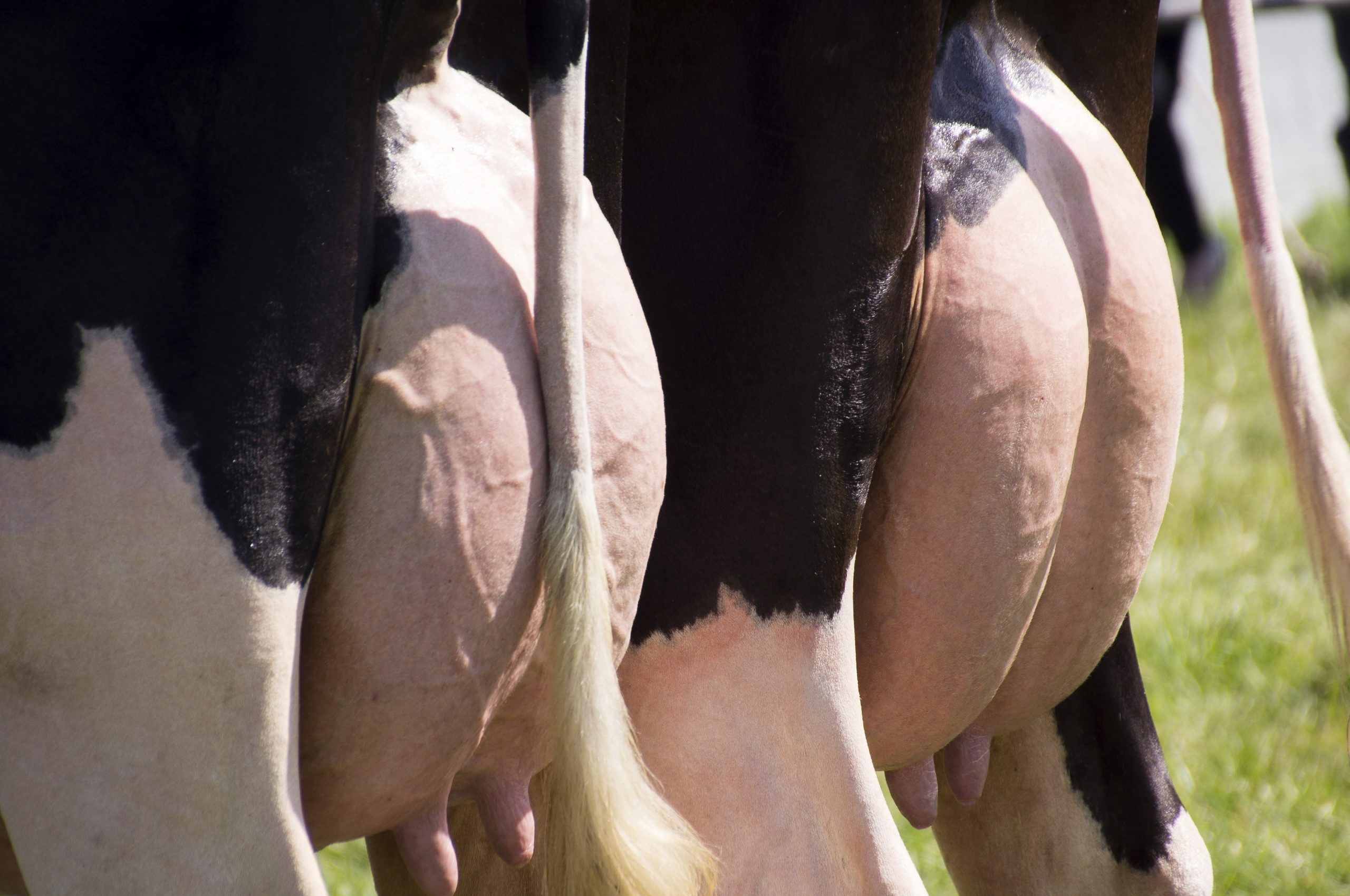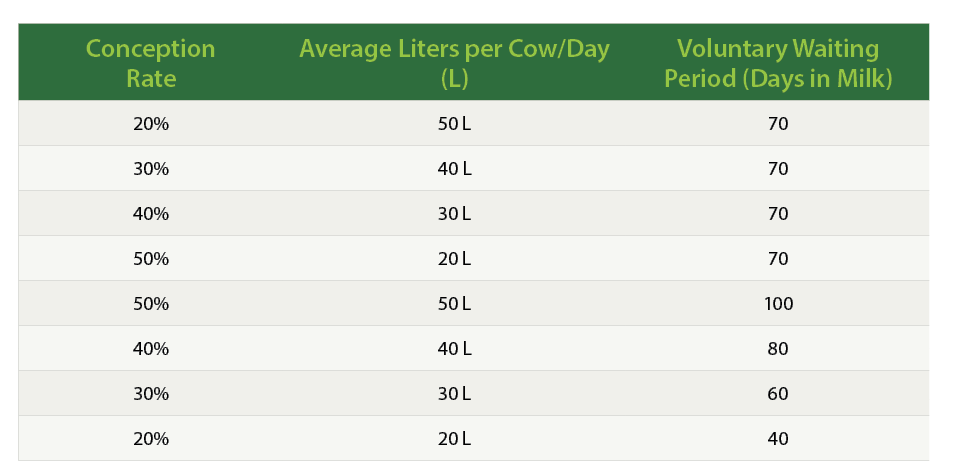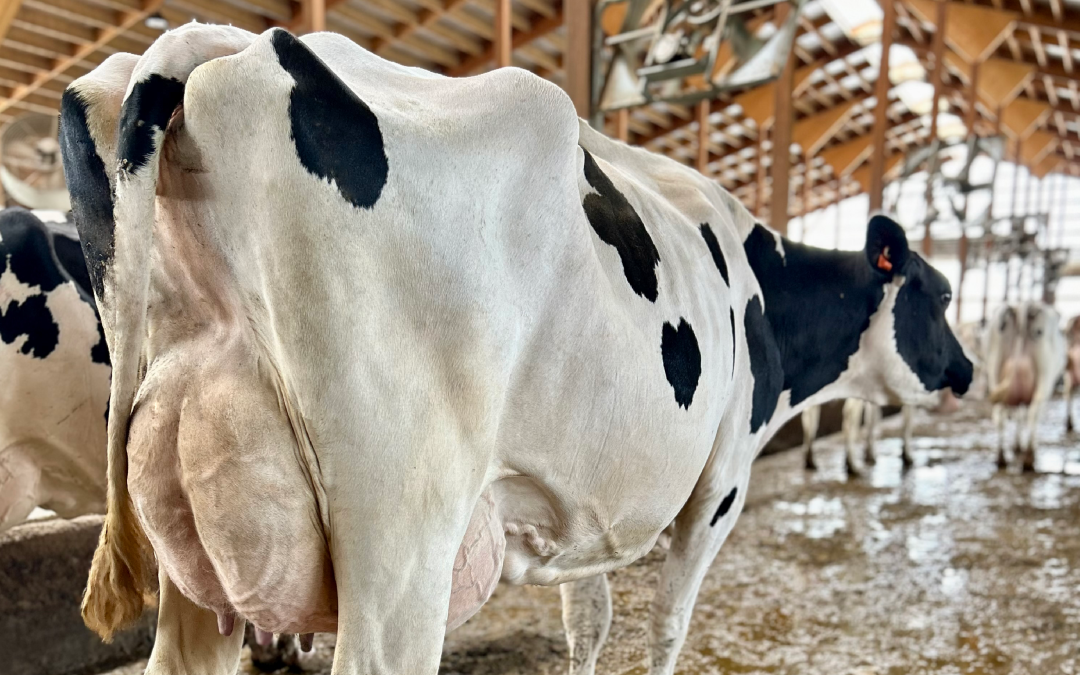Dairy Specialist
Grand Valley Fortifiers

Voluntary Waiting Period (days) = Average Conception Rate (%) + Average Liters of Milk per Day.

Table 1. Voluntary Waiting Period based on conception rate and average production.
Why is average liters important to the equation? Cows with higher milk production may not be able to conceive as easily at their peak milk production. This is because they are already in negative energy balance due to not being able to eat enough to sustain their high milk production. These cows will need extra time to come back to a normal feed intake so they can consume enough nutrients to maintain production while supporting reproduction.
While there may be lots of other opinions on the voluntary waiting period, these benchmarks have proven successful in my previous role as a Reproductive Management Specialist for Major Dairy AI Services. Using this benchmarking, I was able to manage dozens of barns achieving an average pregnancy rate of 35%. In conclusion, a voluntary waiting period isn’t one-size-fits-all and should be adapted to your specific operation, with your conception rate and production level driving your breeding timing.
This article was written for the Summer 2025 Dairy Grist. To read the whole Dairy Grist, click the button below.
This article was also written for the Summer 2025 Western Dairy Grist. To read the whole Western Dairy Grist, click the button below.

